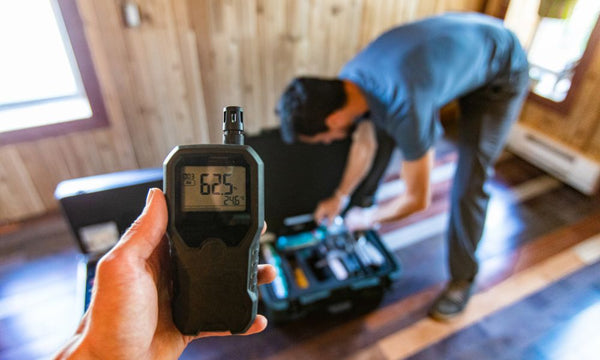
A Brief Guide to Understanding Indoor Air Quality
If you’re interested in improving the cleanliness of your indoor air, you’d do well to understand the factors that contribute to indoor air quality. From pollutants like dust and smoke to dangerous gases like radon, your indoor air may hold a variety of substances that can harm your health. Festa Radon has compiled a brief guide to help you understand the principles of indoor air quality.
What Causes Poor Air Quality?
If your indoor air quality is low, that means your air is polluted with substances that can prove harmful to your health. Examples of indoor air contaminants include, but are not limited to:
- Pollen from indoor or outdoor plants
- Dust mites
- Smoke
- Bacteria and virus particles
- Mold and mildew spores
- Gases like radon and carbon monoxide
Common Pollutant Sources
If your indoor air is polluted, where are those substances coming from?
Combustion sources like wood-burning stoves and cigarettes can fill your home with smoke, while fragranced items like perfumes and diffusers can release irritating allergens. And, of course, every time you enter or exit your home, pollen from plant life outdoors can easily make its way inside.
Some pollutant sources are difficult to remove on your own. For example, radon gas seeps into homes through the ground, and virus particles are invisible to the naked eye.
Solutions for Indoor Air Quality Concerns
Depending on which substances are causing your poor indoor air quality, there’s a variety of solutions you can employ to fix the problem.
If mold and mildew are causing issues for your household, a professional mold remediation service can eliminate the growth and prevent it from returning. If your home is polluted by smoke, consider minor lifestyle changes like keeping cigarette smoking outdoors or switching to an electric stove.
Does your home have a radon problem that’s affecting your indoor air quality? Install an active radon mitigation system and mount the fan securely with a radon fan bracket to keep it firmly in place.
To understand indoor air quality more fully, think about the appliances and substances in your home that could fill the air with contaminants. When you locate the source of your air quality problem, like radon gas or allergenic cleaning products, you can more easily eliminate it. Keep this brief guide to understanding indoor air quality handy when you’re ready to implement lasting air quality solutions.





